In first grade, I told my teacher I wanted to be an ornithologist when I grew up. I planned to travel to a forest in Papua New Guinea to document the lives of the ethereal birds-of-paradise. Looking back on that moment now in my second year of college, I’ve realized that my dream of studying birds still hasn’t quite left me.
For as long as I can remember, I’ve been utterly captivated by birds, though I often wish other people shared my same appreciation. Being able to take a class dedicated to avian biology and becoming a member of the Birdwatching Club were some of the opportunities that drew me to Oxy in the first place. Coming here made me realize how much we have to learn from birds, yet they are so embedded in the fabric of our everyday lives that we rarely notice them. We take for granted the miracle of these melodious little creatures that defy gravity and have adapted to life on every continent on Earth.
Fall is here, which means the leaves are starting to turn and the sun will be setting sooner. It also means that there will be an influx of migratory birds flying south through LA, so it’s the perfect time to learn more about them. Birding requires only a willingness to watch and listen; no binoculars necessary.
One of the birds commonly found on campus is the American crow. What many people don’t realize is that Oxy is also home to the common raven. Distinguishing between the two can be difficult, but not impossible. Firstly, ravens are significantly larger than crows, and they have a thicker beak and tufts of feathers on their neck. Crows make the iconic cawing sound, while ravens make croaks, clicks and other unconventional noises.
Much to my dismay, some often perceive these birds as dirty due to their scavenging habits. In truth, I can’t help but admire them for their inherently disruptive tendencies. Ravens and crows are some of the most well-adapted species to living among people in rapidly urbanized areas, and their ability to survive in cities is a testament to their resilience. Corvids have even come into such proximity to us that they have learned to mimic our voices.
Still, what’s the use of being able to tell two similar birds apart? For starters, it’s an easy way to impress your friends. More significantly, however, is the way birdwatching teaches us humility. We don’t always have all the answers. During the endeavor to label one bird as a raven and another as a crow, you open yourself up to the possibility of being wrong. Birdwatching is one of the few spaces left where making a mistake is not only accepted but also welcomed, as it fosters further learning. We must break out of the mindset that we have to be right all the time, because if we don’t, we will end up confining ourselves to our own ignorance.
Another frequent campus visitor is the hummingbird. The two species we have are the Anna’s and the Allen’s hummingbird. The hummingbirds in California reside here year-round, but they are actually migratory birds. Instead of migrating in large flocks, they make the journey alone, relying purely on memory and instinct. If they can remember the location of every flower they visit, and how long it takes for those flowers to replenish their nectar, certainly we can exercise this same level of recollection for the varied aspects of our lives.
We have the luxury of not having to look out for food to sustain ourselves constantly. Therefore, we should be using our memory in service of one another. Something as simple as remembering a person’s name can be enough to forge a connection with them. In my first year here, I was struck by how many people would remember my unfamiliar name after only meeting me once. Memory is crucial in expressing care for other people, and no bird exemplifies this better than hummingbirds.
Lastly, if I had to choose a bird that is most synonymous with LA, it would be none other than the green parrots. If you haven’t spotted a flock just yet, you’ve definitely heard their squawking as they fly overhead. The most common species of parrot is the Red-crowned Amazon, which forages in the trees outside Johnson Hall.
Like so many of us who now call LA home, these parrots were not originally from here. The leading theory is that they were introduced as part of the pet trade and escaped captivity, allowing individual parrots to find each other and form entire communities. The population is actually thriving here, more than it did in its natural habitat. Parrots offer us a profound paradigm: sometimes we need to leave home to find our flock.
We often tend to resist change because we fear the unknown. The parrots serve as a reminder that not only embracing, but actively seeking out change, is the first step towards finding those who will draw out the parts of ourselves we did not know we had inside all along.
Birdwatching has helped ground me when the rest of the world feels untethered and disconnected. While I don’t expect you to know the name of every species, I hope that now, when you hear birdsong or see a flash of wings on campus, you will pause to think of the remarkable lessons birds can teach us about humility, remembrance, and belonging. There is a whole world to discover if you are only willing to watch and listen.
Contact Athya Lodhia Paramesh at paramesh@oxy.edu
![]()


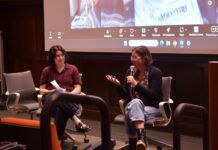

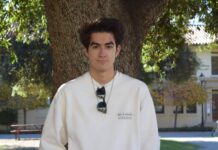
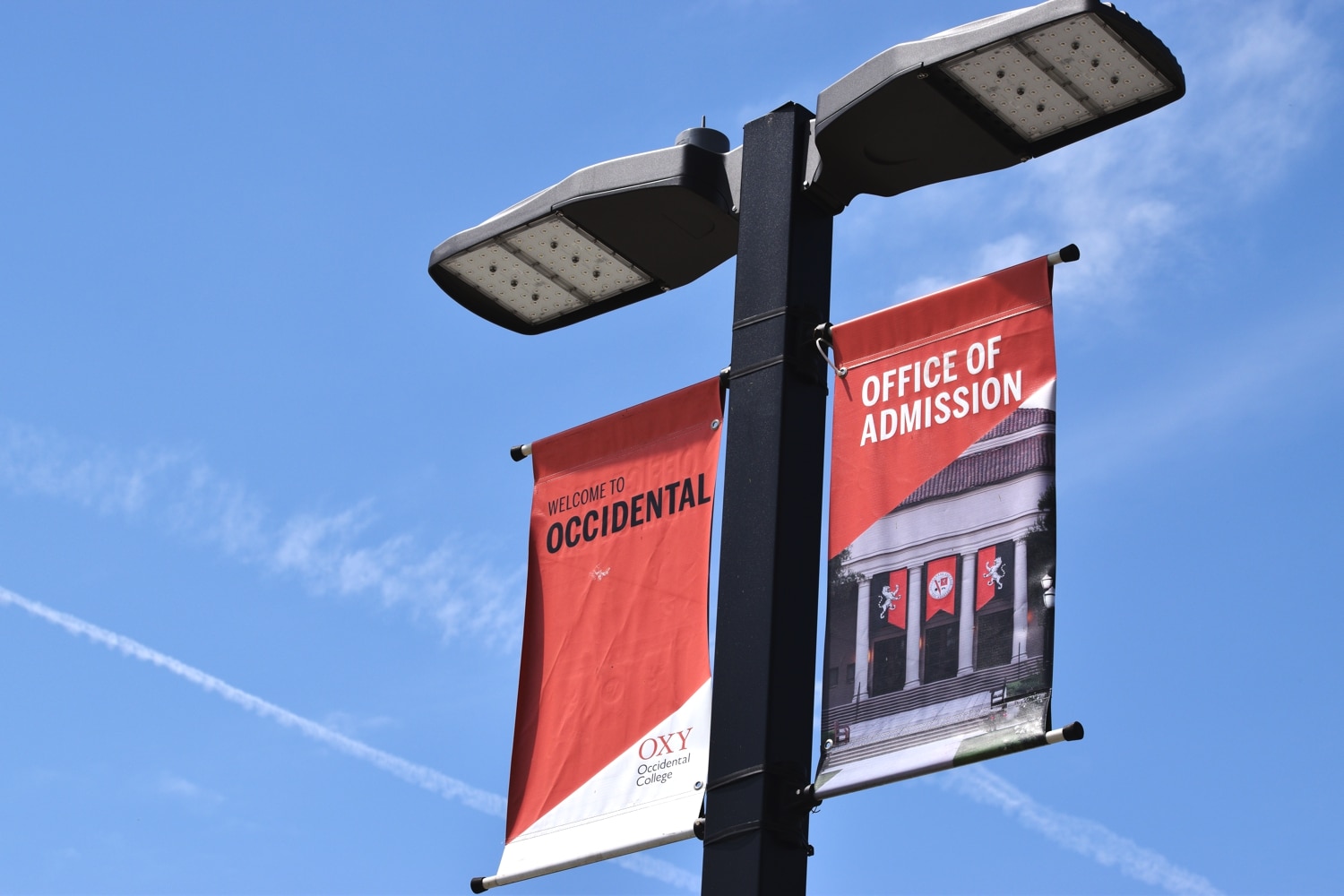









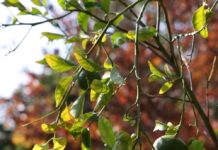
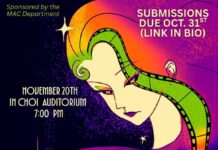

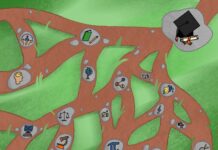
















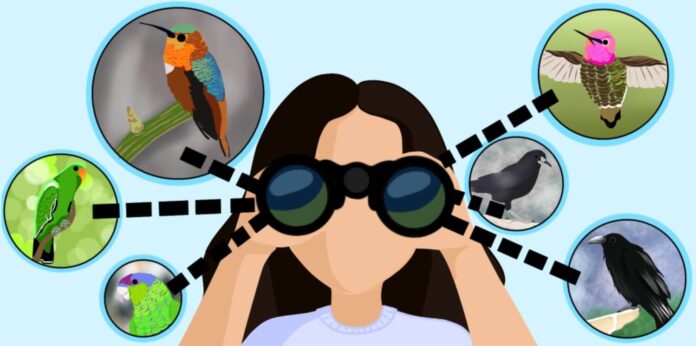
This article truly elicits humility awe and makes us appreciate our world and opens our eyes to the wide horizon!!
Beautiful imaginative and thoughtful.
Athya’s interest in birds instilled and inspired me to appreciate the beauty of this world.
Go girl 👏🏽🙏🏽